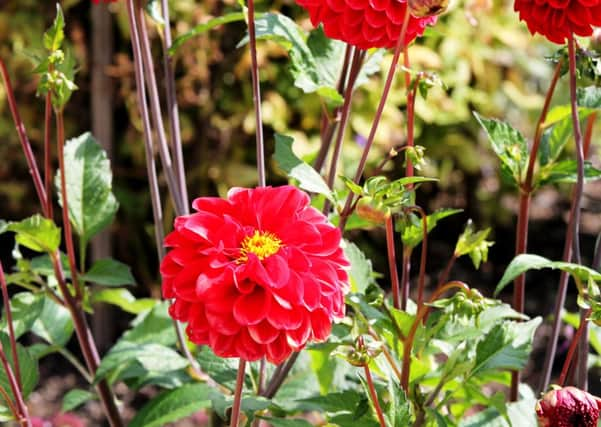Rain or shine, it pays to get ready for August


Should it stay around then watering annuals could become a regular chore, especially for those with a limited root run and a tendency to wilt when water is in short supply. Don’t laugh, it could happen.
To hold in as much natural rainwater as possible, mulch spread on the soil will also cut down the need to weed. So think about composted bark, weed-free compost, pea gravel laid on a permeable barrier. Or just keep hoeing.
Advertisement
Hide AdAdvertisement
Hide AdAlthough deep-rooted perennial flowers such as roses, cone flowers (Helenium and Echinacea), Tickseed (Coreopsis) and false sunflower (Heliopsis) are relatively drought resistant, they are not all immune from summer pests or diseases.
Roses are particularly susceptible to attack by greenfly (aphids) and diseases including powdery mildew and rose black spot, so it’s worthwhile spraying every fortnight with a proprietary treatment.
And while you’re out in the garden, remember that dahlias will be starting to bloom and will need staking to ensure winds don’t damage their tall stems.
And if the flower buds or new leaves are being nibbled to produce irregular holes, then you can be pretty sure its earwigs.
Advertisement
Hide AdAdvertisement
Hide AdFor natural control, it’s easy to make traps with straw inside a plant pot upturned on top of a cane. Empty the traps daily over boiling water to destroy them.
August is also the time to start taking cuttings of all manner of flowers. Prime subjects include geraniums. Not only do the cuttings root more easily in August but they also grow into decent-sized plants that are much easier to overwinter.
Select strong, short-jointed side shoots and cut cleanly just below a leaf joint so the cutting is 6-8cm long. Remove the bottom leaves and then push the cuttings around the edge of a pot filled with a decent compost.
A fine spray of water will help to water them in, and a covering of newspaper will give them some shade until they take root. After about four weeks the new plants should have rooted and can be planted up into individual pots.
And while you’re doing all this, enjoy the sunshine.